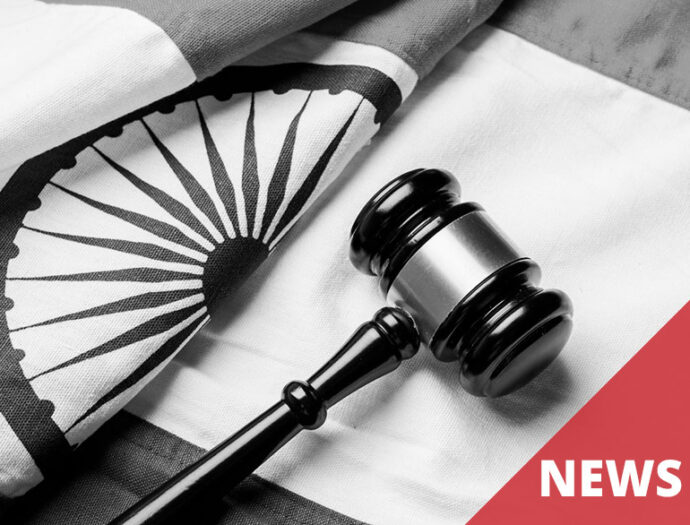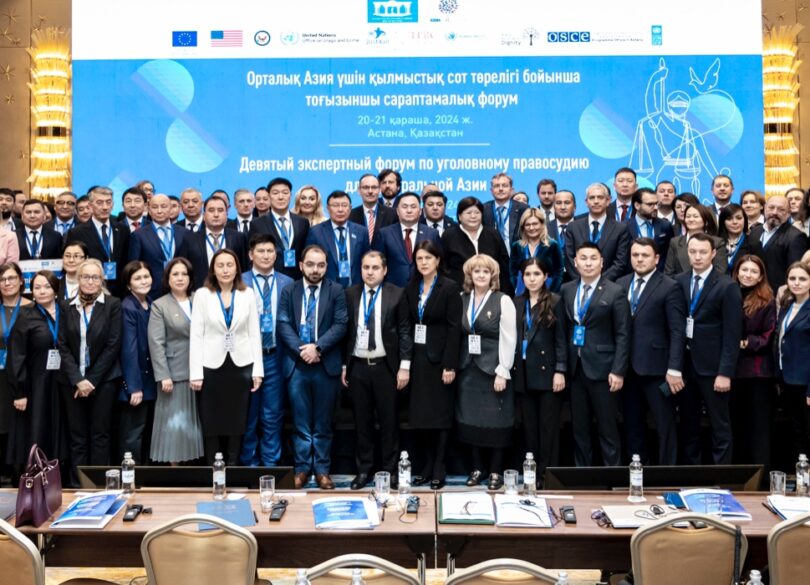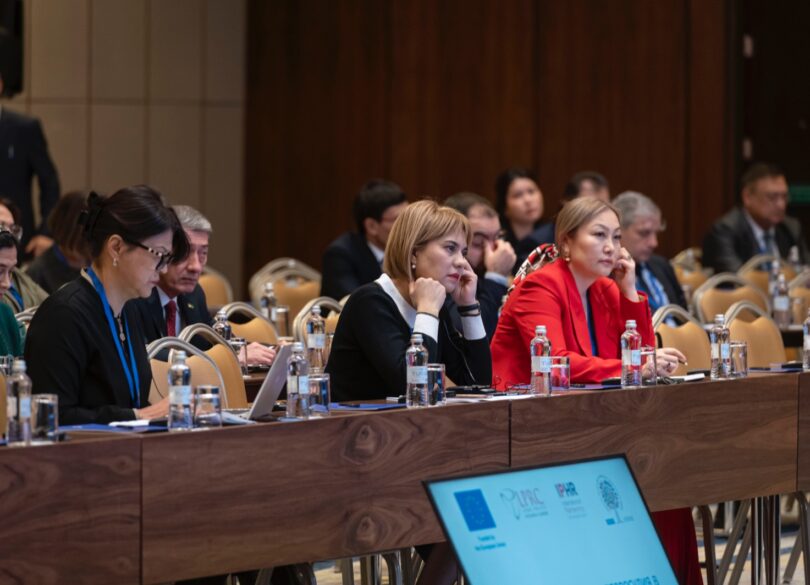The fifth online training was dedicated to the issue of protecting the rights of journalists during coverage of peaceful assemblies. Olga Didenko, the speaker of the training, defense lawyer of Internews Kazakhstan, told about how to help detained journalists, and how, in turn, journalists can help lawyers.
Online trainings are held for defense lawyers and defenders of the non-governmental sector of the Republic of Kazakhstan as part of the project to protect the rights of Kazakhstani citizens during peaceful assemblies. The project is implemented by the Legal Policy Research Center (Almaty) with the financial support of the Soros-Kazakhstan Foundation.
At the fifth and final training session, participants discussed the protection of media representatives and bloggers during coverage of peaceful assemblies.
According to The International Foundation for Protection of Freedom of Speech “Adil soz”, during land rallies on May 21, 2016, more than 50 journalists from various media were detained throughout Kazakhstan. Soon after the arrests, all journalists were released. The Minister of internal affairs officially called it an “unintentional misunderstanding”.
As Olga Didenko notes, following the results of land rallies, journalists were told that they themselves contributed to their detention during peaceful gatherings: they mixed with the crowd of participants and did not have distinctive press signs on them.
“Although in 2016, the norm on the wearing of distinctive press signs by journalists during peaceful assemblies has not yet been adopted,” the expert emphasizes.
In 2020, the rules for the activities of journalists and the wearing of distinctive signs at peaceful gatherings were approved. These rules are enshrined in the Law of the Republic of Kazakhstan dated May 25, 2020 “On the procedure for organizing and holding peaceful assemblies in the Republic of Kazakhstan”.
According to the new rules, a journalist must have an official ID and distinctive signs – it can be a blue vest with the inscription “Press”, or an armband.
The expert reminded the participants of the training that in addition to Kazakhstan’s legislation, it is necessary to rely on two international documents when protecting media representatives during peaceful assemblies:
- General comments on freedom of opinion and expression of the UN Human Rights Committee.
- OSCE guidelines on freedom of peaceful assembly.
As the expert notes, there are subtle nuances in working with bloggers and citizen journalists – unlike regular media employees, they do not have an official ID and can be equated with participants in peaceful assemblies.
“That is why we recommend that all editorial offices issue service certificates to freelancers that you attract to cover peaceful gatherings,” the speaker emphasizes.
The training participants also learned how journalists can help them protect other detainees during peaceful gatherings. In particular, journalists can be asked to act as witnesses in court, lawyers may request from them photos, videos and audio recordings from the scene, as well as negotiate with them about coverage of trials.
We remind that the project has already held five online trainings for the legal community of the Republic of Kazakhstan. Among the studied topics: legal norms for organizing and conducting peaceful assemblies, features of detaining participants in peaceful assemblies, strategies for protecting participants in peaceful assemblies, appeals against court decisions in cases related to peaceful assemblies, and issues of protecting media representatives.
Online trainings are held within the framework of the project “Building capacity of the legal community to provide legal assistance and protect the right to peaceful assembly”.




